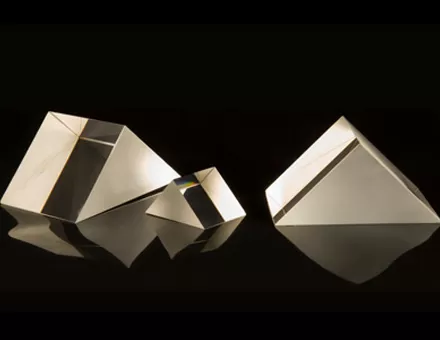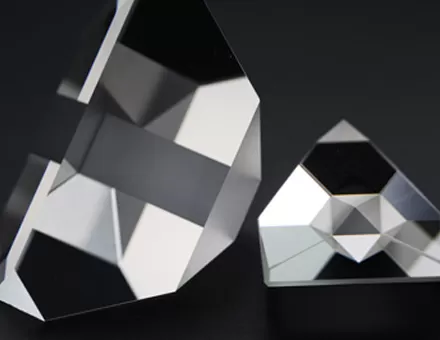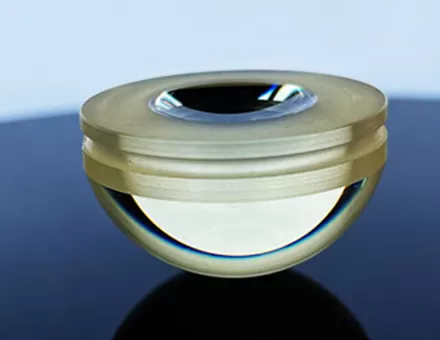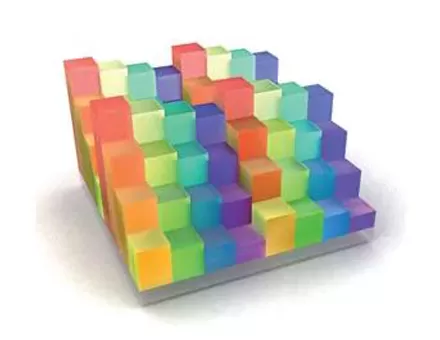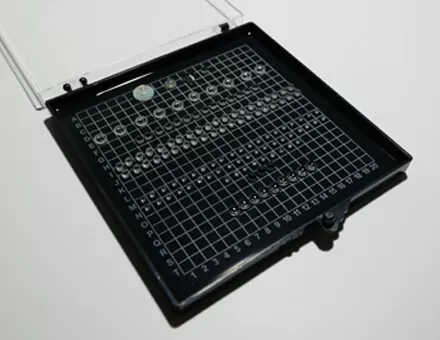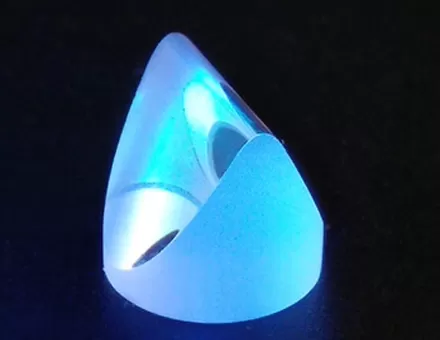Any optical system consists of refractive and reflective elements. The wavelength range that modern optical systems need to work in is very wide, so the refractive material is required to be transparent to the working wavelength band, and the reflective element must have a high reflectivity for the working wavelength band.
1. Transparent optical materials
The optical properties of the projection material are mainly determined by the transmittance and refractive index of various colors of light. Most optical parts are made of optical glass. Generally, optical glass can pass various color light with wavelength of 0.35~2.5um, and the color light beyond this range will be strongly absorbed by optical glass. Specially smelted optical glass can transmit specific wavelengths. Optical products manufacturer often give data on the standard optical materials used in their catalogs.
In transmission optical materials, various optical crystals are widely used. The use of optical crystals can make the optical system work in a wider wavelength range than ordinary optical glass. In addition, optical plastics have been used in optical systems, such as Fresnel lenses, free optical curved elements, simple photographic objectives, magnifiers, etc. Such lenses are mostly molded or cast, with low cost and high production efficiency. Because the thermal expansion coefficient is larger than that of optical glass, they cannot be used in optical systems with high technical requirements.
The refractive index n of light, and the refractive indices n of F light and C light are the main refractive properties. This is because F light and C light are close to the two ends of the sensitive spectral region of the human eye; while D light or d light is in the middle, which is closer to the most sensitive spectral line of the human eye, in fact, e light is closer to this wavelength. Density, thermal expansion coefficient, chemical stability, etc. In addition, there are certain standards and regulations for optical uniformity, degree of stress relief, degree of bubbles in glass, impurities, streaks, etc.
2. Plastic optical materials
Compared to glass materials, plastic optics have lower mass, higher impact resistance, and are available in a wider variety of shapes. Shape adaptability is one of the advantages of plastic optics. Aspheric lenses and other complex shapes can be molded.
The main disadvantage of plastic is lower heat resistance. Plastic has a lower melting temperature than glass, and its surface is less resistant to abrasion and chemicals. The adhesion of the coating is low because of its low melting temperature, the deposition temperature of the film is limited; the durability or life of the coating on the plastic lens is also low. Plastic coatings can use ion-assisted deposition to provide stronger and more durable films.
The choice of plastic optical material varieties is limited, and an important limitation is the high thermal expansion coefficient and the strong temperature dependence of the refractive index. The refractive index of plastic materials decreases with temperature by about 50 times more than glass. The thermal expansion coefficient of plastic is about 10 times higher than that of glass. High-quality optical systems can be designed with a combination of glass and plastic lenses.
Plastic optical materials can be injection molded, compression molded, or cast into plastic blocks. Several of the most commonly used plastic materials are polymethyl methacrylate, polystyrene, polycarbonate, allyl diethylene glycol carbonate, and cycloolefin copolymers, among others.
3. Reflective optical materials
Reflective optical parts are generally coated with a metal reflective layer on the surface of polished glass. There is no dispersion phenomenon on the reflective surface, and for any color light, the angle of reflection is equal to the angle of incidence. The only property of reflective optical materials is reflectivity. Most of the reflective surfaces are plated with metal materials. Different metal reflective surfaces have different reflection characteristics, that is, with different wavelengths of incident light, they have different reflectances. From the reflection characteristic curves of different metal materials, it can be seen that different metal materials should be selected to coat the reflective film layer for the color light of different bands.
Ecoptik as one of the best optical components companies was founded in 2004, and is located in the city of Changchun-the optic base of China with a beautiful view and profound optical culture. Ecoptik Co., Ltd. has state-of-the-art, modern technology machines for manufacturing and inspecting all kinds of precision optics. If you are looking for optical solutions, don't hesitate to contact us!


















 EN
EN
